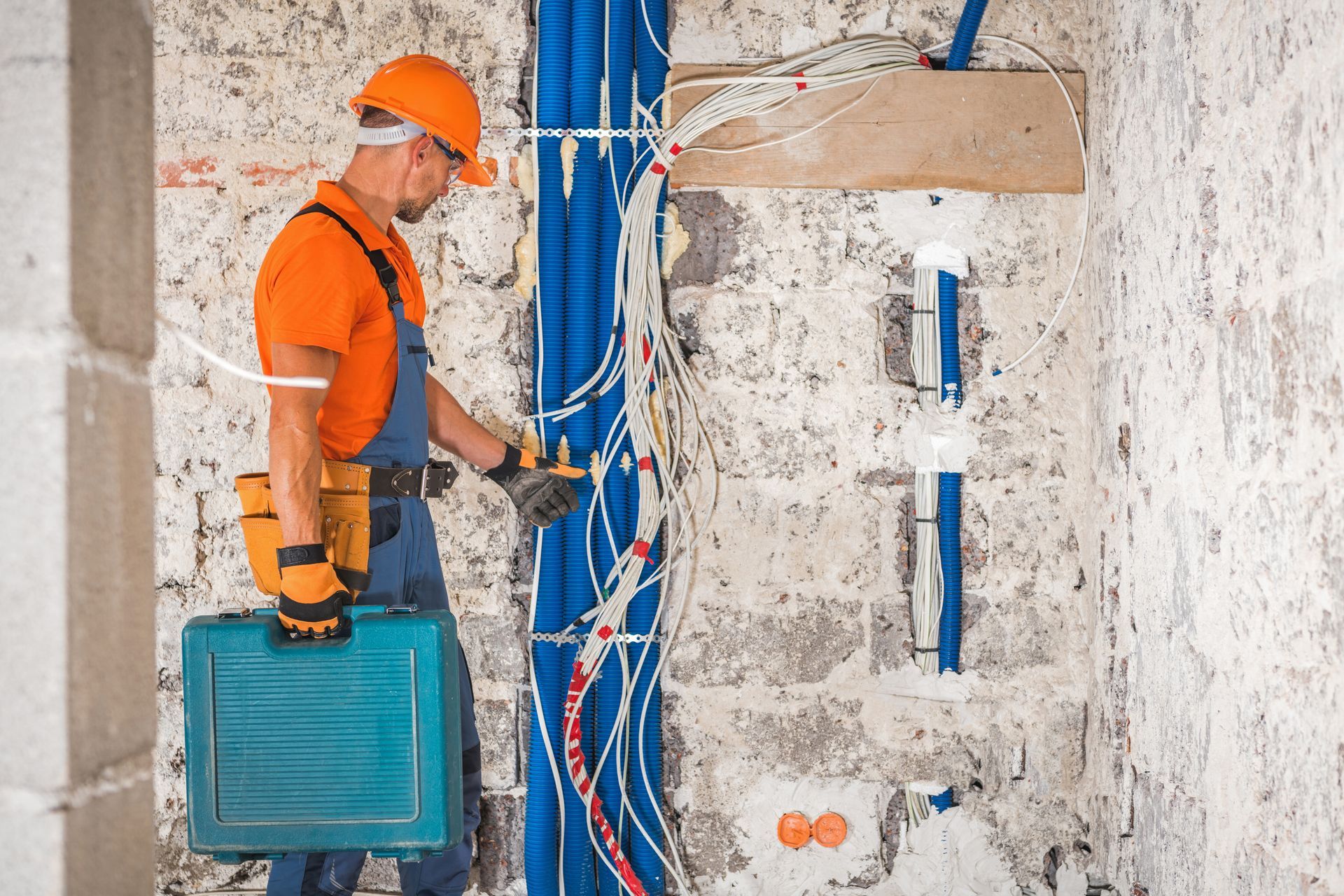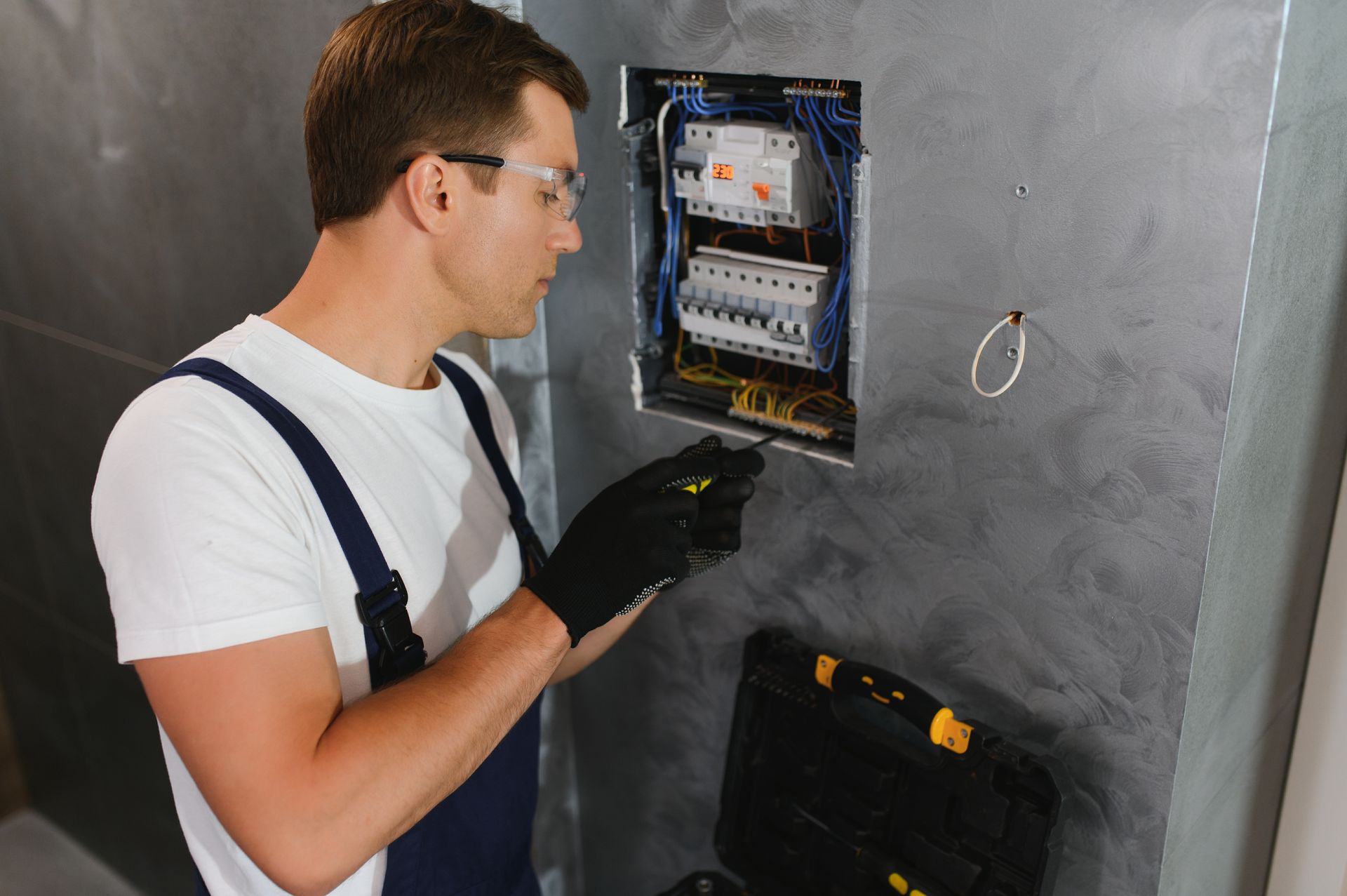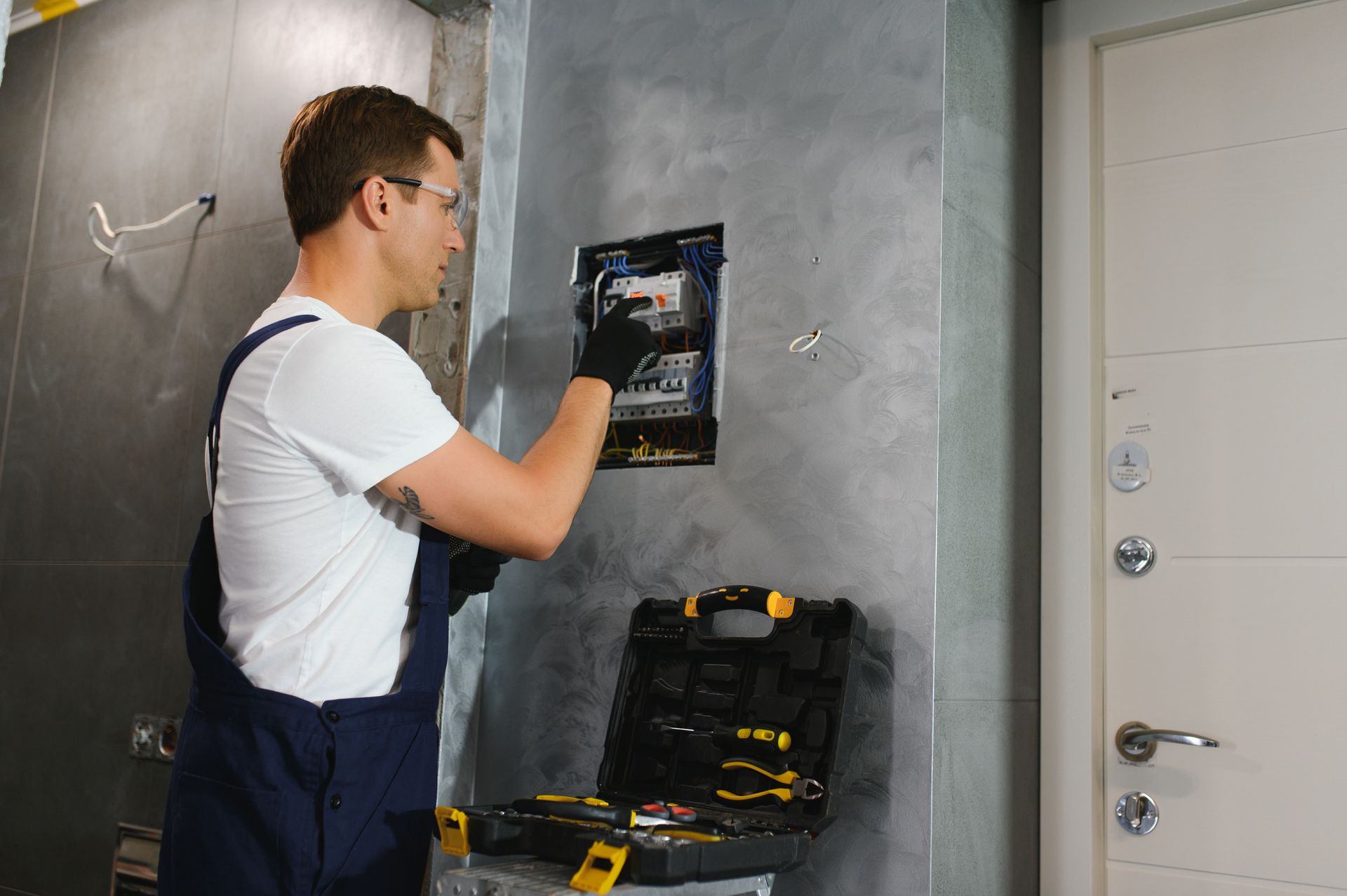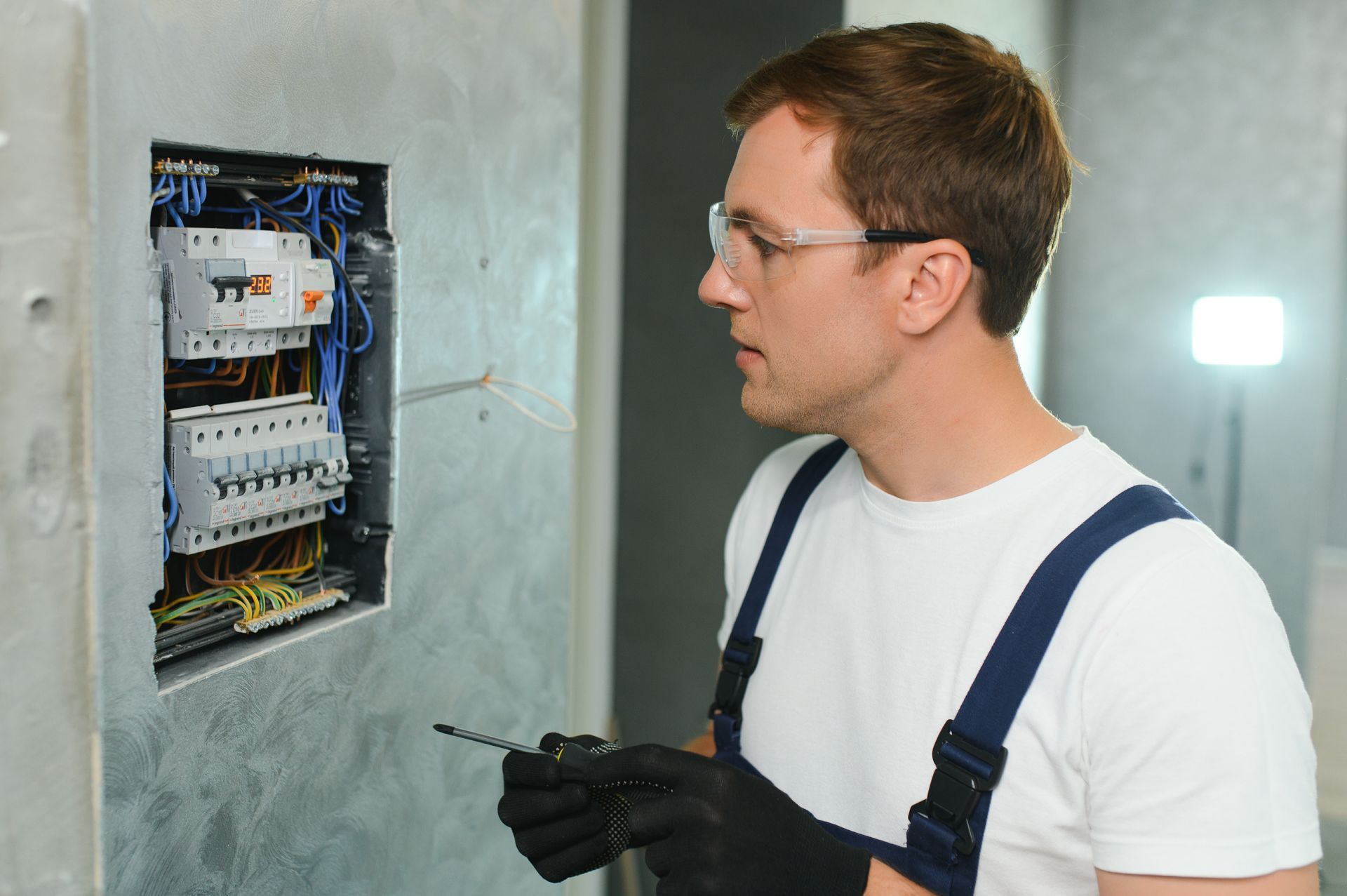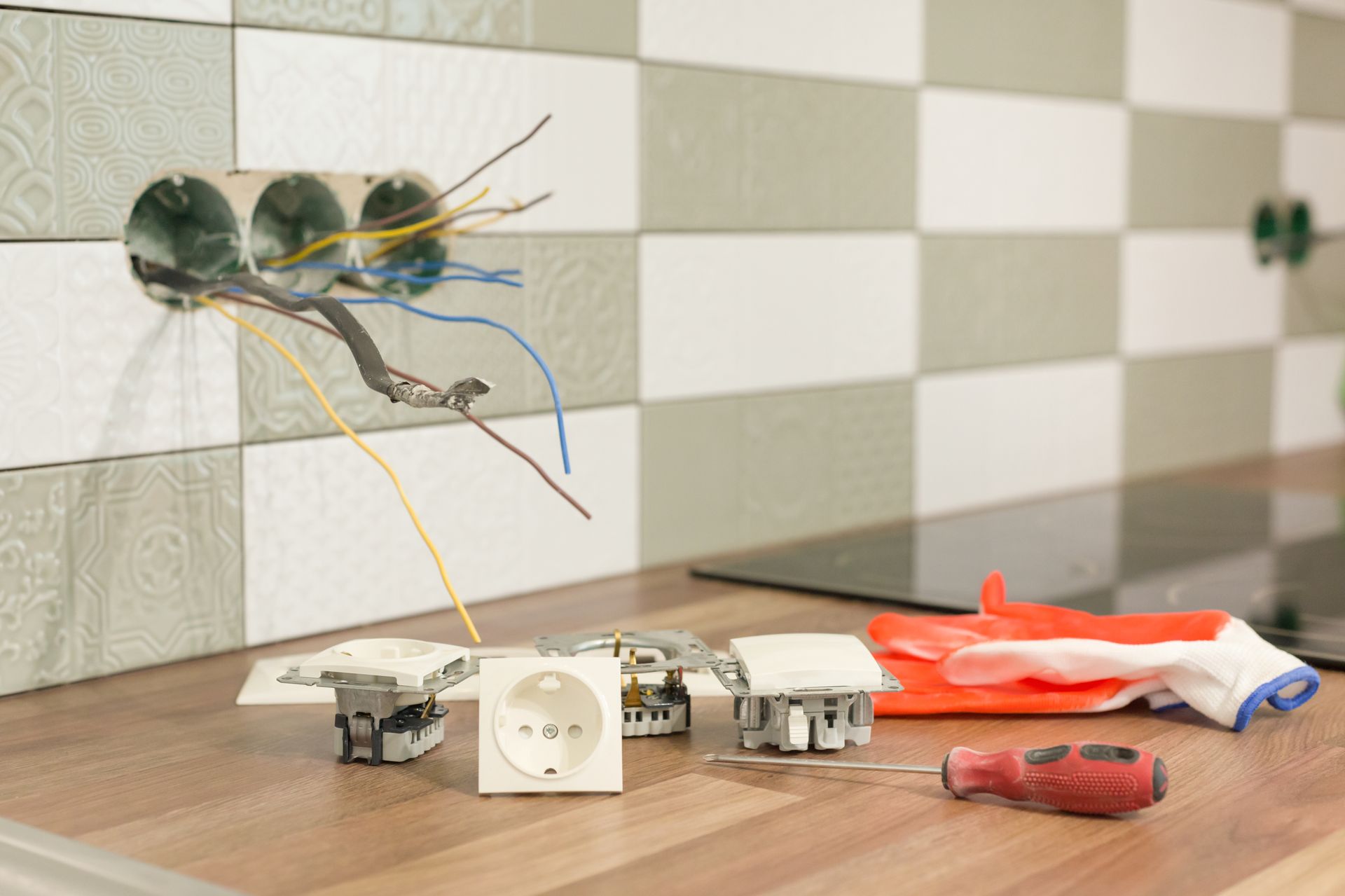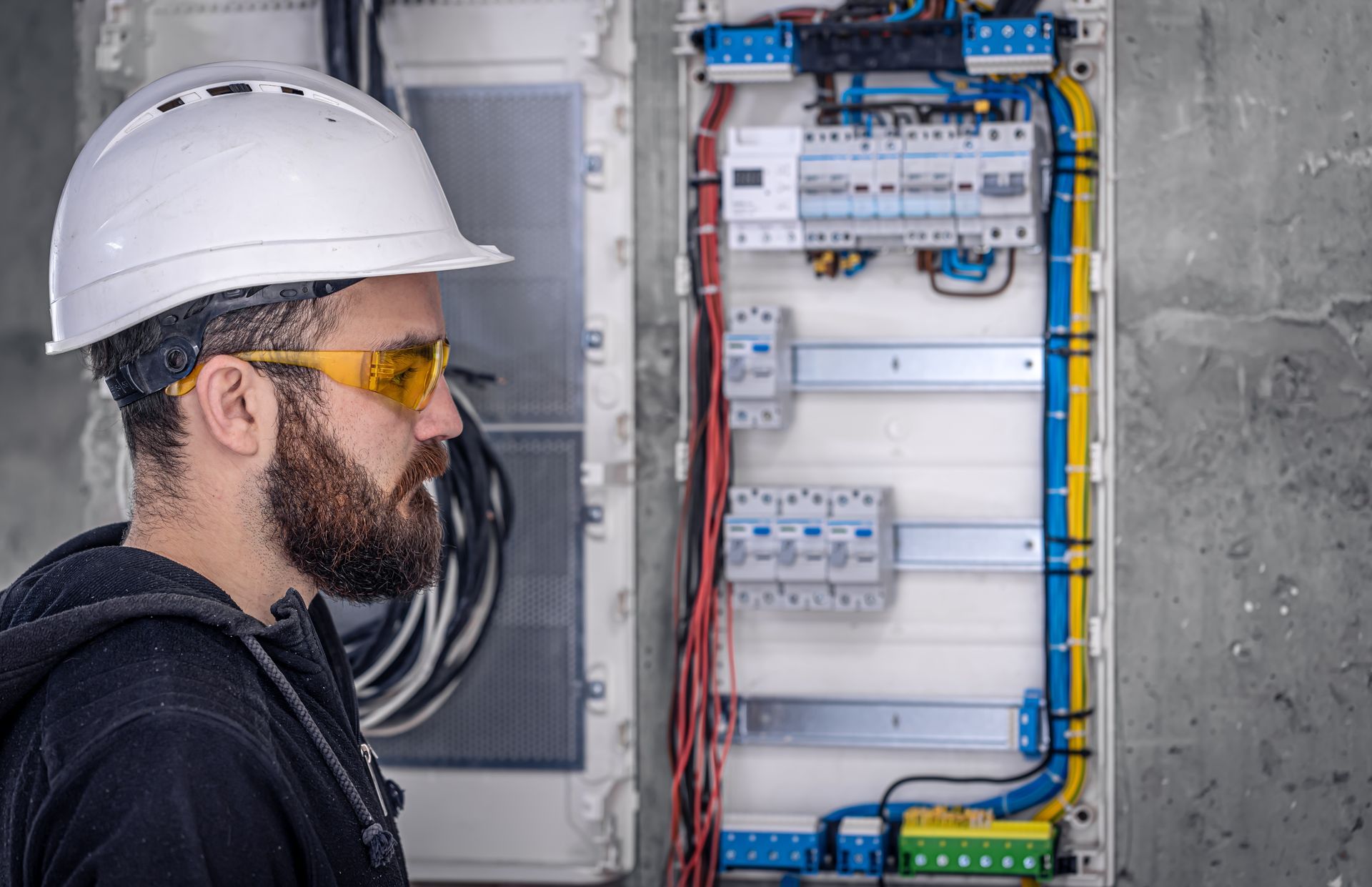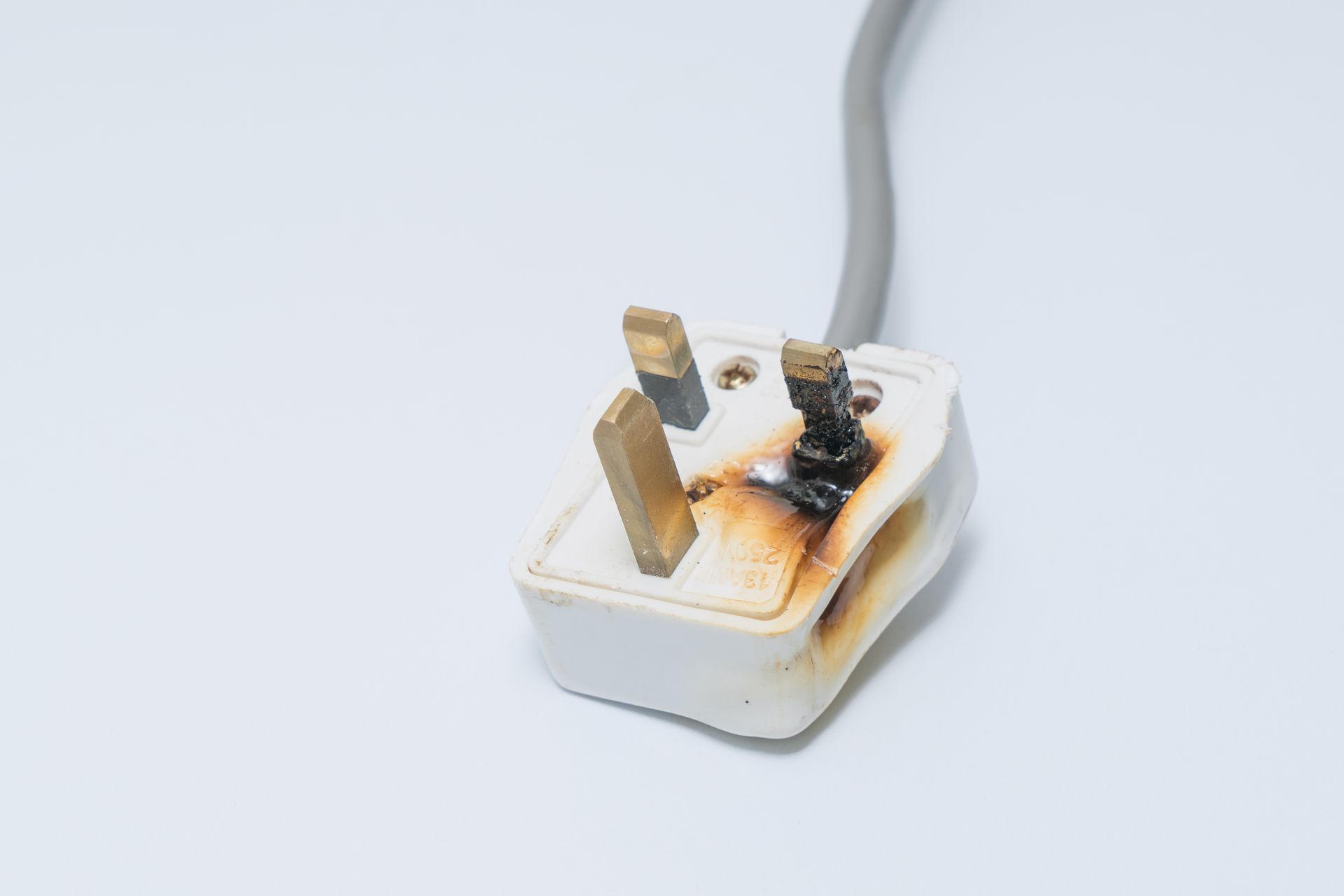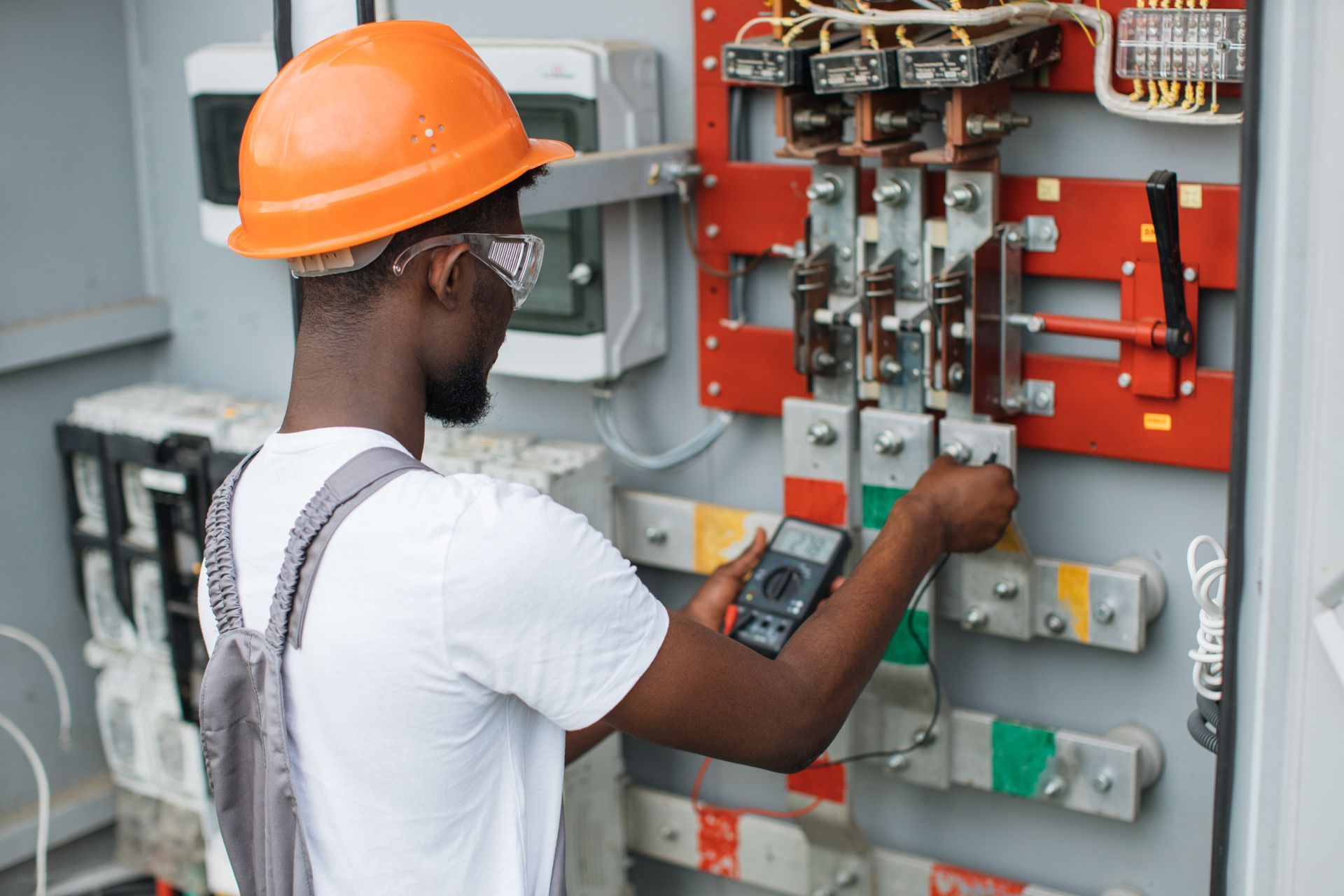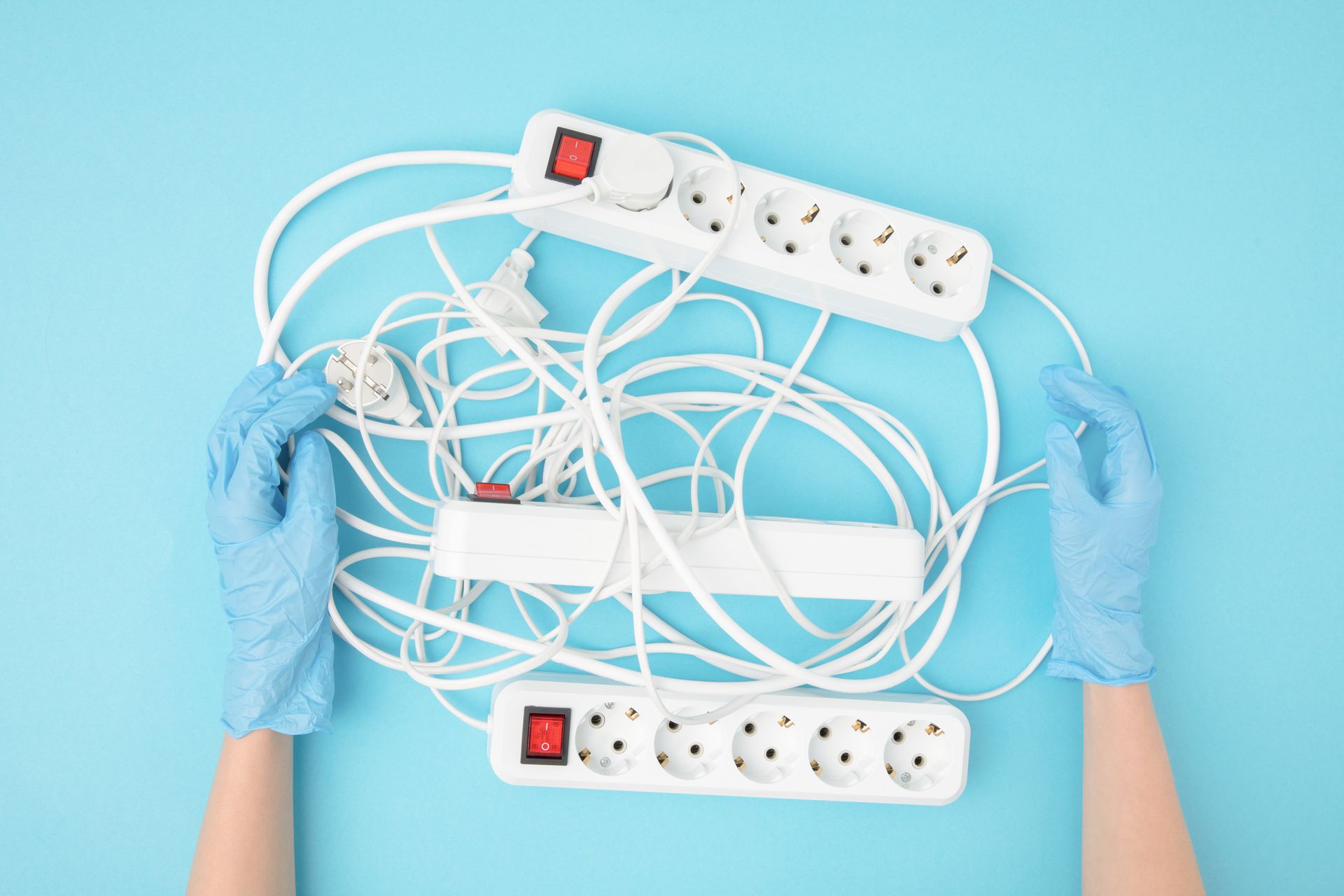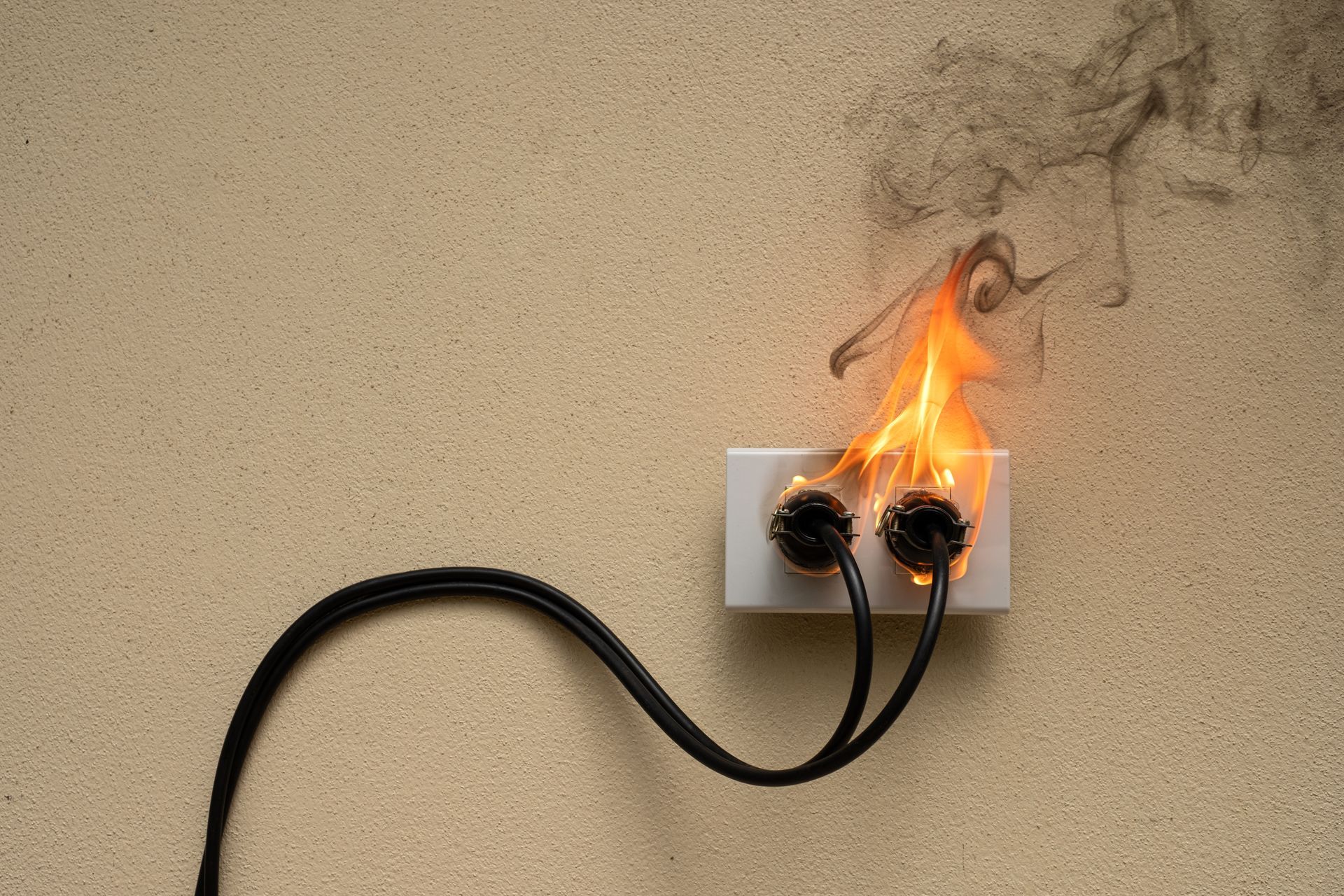Installation and Setup of Electrical Circuit Wiring: Good to Know
Installation and Setup of Electrical Circuit Wiring: Good to Know

When it comes to installing and setting up electrical circuit wiring, there are several crucial steps and considerations to ensure a safe, efficient, and code-compliant electrical system. Here’s a comprehensive guide on what you need to know about electrical circuit wiring installation.
1. Planning and Design
Why It Matters: Proper planning and design are essential to avoid future issues and ensure that the electrical system meets your needs.
Key Points:
- Determine Load Requirements: Calculate the electrical load requirements for each area of your home. This involves understanding the power needs of appliances and lighting fixtures.
- Circuit Distribution: Plan the distribution of circuits to balance the load and prevent overloading any single circuit.
- Code Compliance: Ensure that your design complies with the National Electrical Code (NEC) or local regulations, which provide guidelines on the safe installation of electrical wiring.
2. Selecting the Right Materials
Why It Matters: Using the correct materials ensures the safety and longevity of the electrical system.
Key Points:
- Wire Types: Select the appropriate type and gauge of wire for each circuit. Common types include NM (non-metallic) cable for indoor use and UF (underground feeder) cable for outdoor or underground use.
- Breakers and Panels: Choose the correct size and type of circuit breakers and ensure that your electrical panel can handle the total load.
- Outlets and Switches: Use high-quality outlets, switches, and junction boxes rated for the intended load and environment.
3. Installation Steps
Why It Matters: Following proper installation steps ensures the system’s safety and functionality.
Key Points:
- Turn Off Power: Always turn off the power at the main panel before starting any electrical work.
- Run Cables: Route the cables from the panel to the outlets and fixtures, ensuring they are properly secured and protected.
- Make Connections: Connect the wires to the appropriate terminals on outlets, switches, and fixtures. Ensure connections are tight and secure.
- Install Breakers: Install the circuit breakers in the electrical panel and connect the wires, making sure each breaker is correctly labeled.
- Test Circuits: Once all connections are made, turn on the power and test each circuit to ensure it operates correctly and safely.
4. Safety Precautions
Why It Matters: Electrical work can be dangerous if proper safety precautions are not followed.
Key Points:
- Personal Protective Equipment (PPE): Wear appropriate PPE, such as gloves and safety glasses, to protect against electrical shocks and injuries.
- Proper Tools: Use the correct tools for the job, such as insulated screwdrivers and wire strippers.
- Avoid Water: Never work on electrical circuits in wet or damp conditions to prevent electrical shocks.
5. Common Issues and Solutions
Why It Matters: Knowing common issues can help in troubleshooting and preventing problems.
Key Points:
- Loose Connections: Check for and tighten any loose connections to prevent arcing and overheating.
- Overloaded Circuits: Distribute the load evenly across circuits to prevent overloading and tripping breakers.
- Faulty Components: Replace any faulty outlets, switches, or breakers to maintain a safe and functional system.
6. Hiring a Professional
Why It Matters: Some electrical work may require the expertise of a licensed electrician.
Key Points:
- Complex Installations: For complex installations, major renovations, or if you are unsure about any aspect of the wiring, it is best to hire a professional.
- Code Compliance: Professionals ensure that the installation complies with all local and national codes, which can prevent costly corrections later.
Conclusion
Installing and setting up electrical circuit wiring involves careful planning, proper material selection, and adherence to safety protocols. Whether you are undertaking a small project or a major renovation, understanding the basics of electrical wiring can help ensure a safe and efficient system. Always consider consulting with or hiring a licensed electrician for complex tasks to ensure compliance with all regulations and standards.


